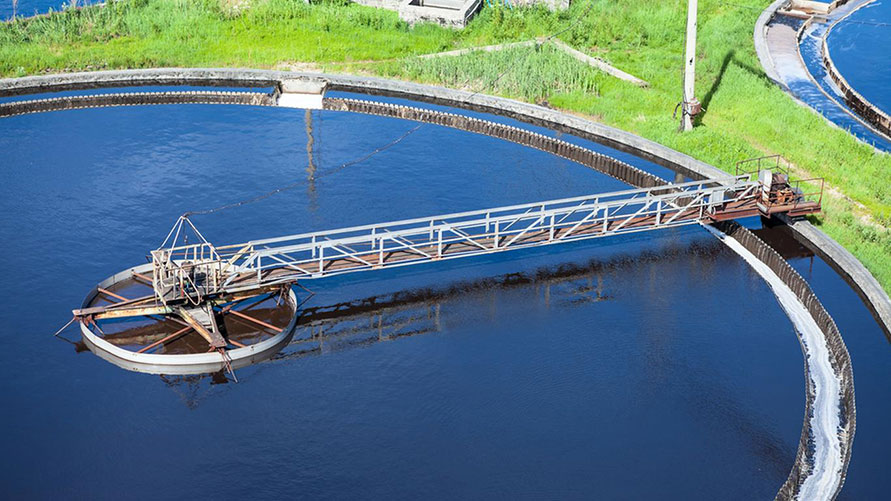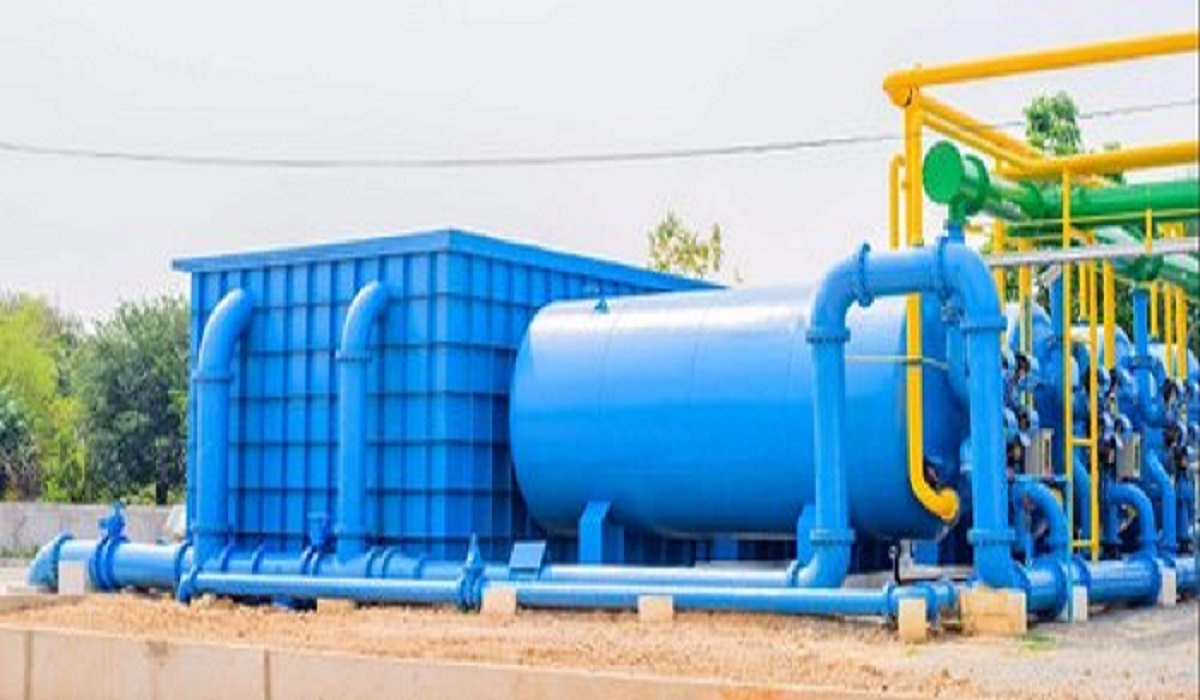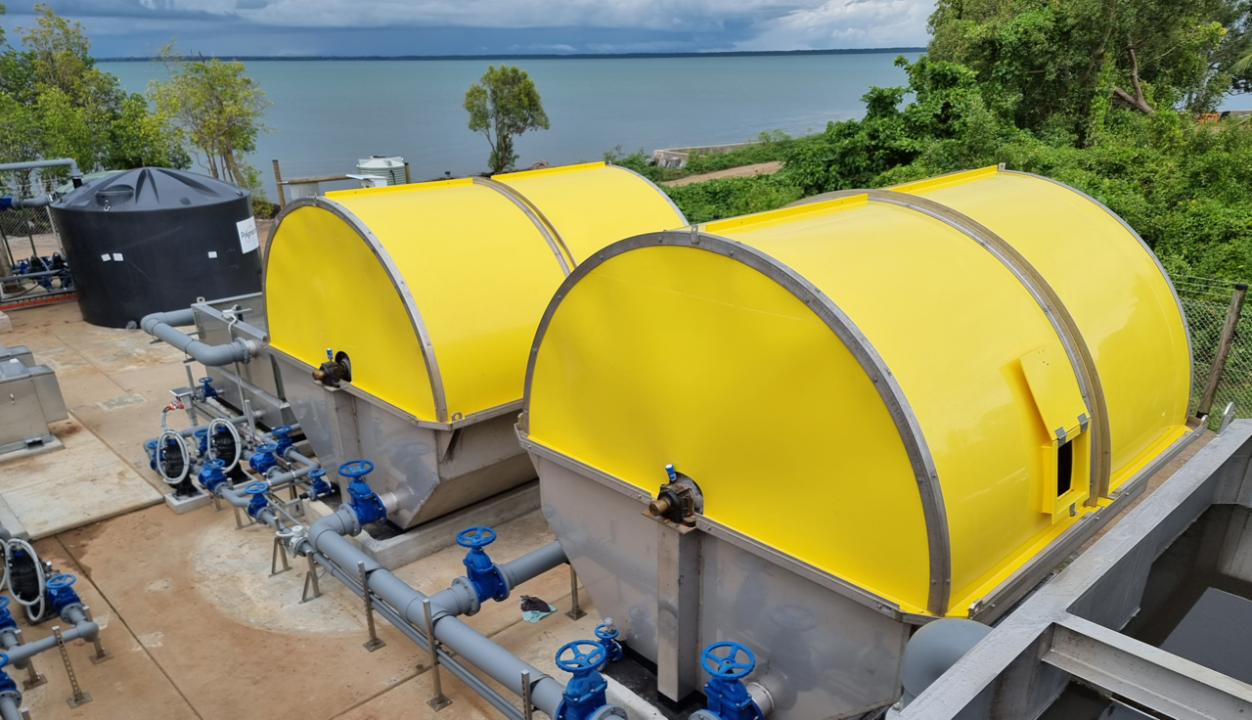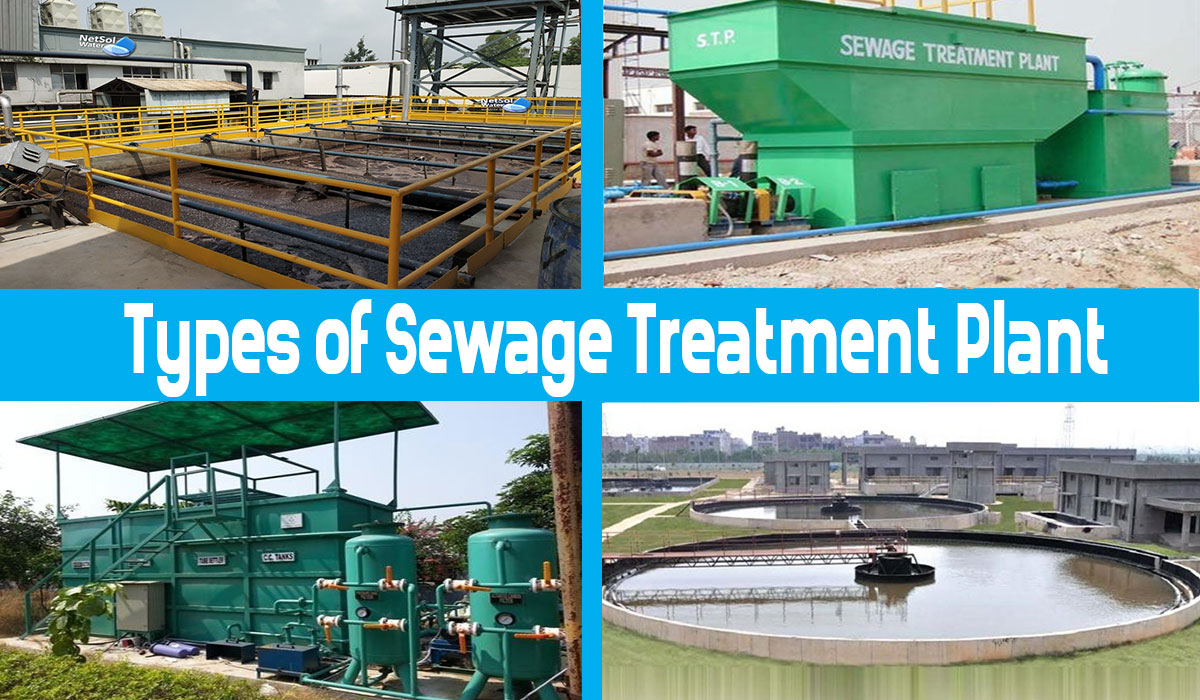Basically, a sewage treatment plant operates by circulating air to encourage the growth of bacteria to break down sewage. The thing is to deliver important cleanser, more environmentally friendly effluent. It involves a analogous process to a typical septic tank but has some crucial differences. Sewage treatment plants, depending on their size, can treat the waste of marketable properties or a number of domestic residences.
What Are The Stages of Sewage Treatment?
The general stages of sewage treatment plant doesn’t differ too drastically from that of a septic tank. Just as with a septic tank, sewage flows from the property being serviced into the first chamber of the sewage treatment plant. Then, the water sits until grease, oil painting and proletariat have floated to the top and solids have settled on the bottom of the tank.
Once the process of separation has taken place, the liquid peregrination into a alternate chamber which is where sewage treatment plants differ from septic tanks. This chamber is fitted with an air pump that circulates air around the chamber to encourage the growth of aerobic bacteria. This bacteria helps to break down the pollutants in the water, effectively drawing it.
The final stage of a sewage treatment plant is one last agreement tank. This final tank allows the veritably last solids that may remain to Gomorrah to the bottom of the tank before the effluent is discharged into a soakaway or watercourse.
Once the treatment process has been completed and the wastewater has been treated as completely as possible, it can be discharged into the terrain. This is another crucial area where sewage treatment plants differ from sewage treatment plants. Whereas you must discharge effluent from a septic tank into a soakaway for farther treatment in the ground, subject to an Environment Agency Consent to Discharge, you can discharge your effluent into original water sources straight from your treatment plant. This is because of the extensively bettered effluent quality that the treatment process produces.
Why Are Sewage Treatment Plants Required?
The first study for anyone planning a new development should be getting connected to mains seamsters. They’re generally the most cost-effective and dependable system of dealing with your wastewater. still, getting a mains semester connection isn’t always possible. In some scripts, the distance from the nearest seamster or the layout of the land can make it insolvable to have your property serviced by a mains seamster. That’s where sewage treatment plants and other druthers come by. The operation of a sewage treatment plant means that you can have one installed nearly anywhere, as long as you have an electrical connection.
Do Sewage Treatment Plants Still Need Emptying?
The purpose of a sewage treatment plant is to treat the wastewater as completely as virtually possible – and, indeed though similar plants can frequently deal with further waste than a septic tank, they will still need evacuating from time to time. Over time, sludge can also make up in the system, so it’s important that a treatment plant is regularly maintained at least formerly a time or as you’re advised by the installer.
Advantages of a Sewage Treatment Plants
- Reliable and unlikely to encounter problems with only regular maintenance
- Can be installed even on challenging or compact sites
- Cost-effective over time, with only installation, power and maintenance to pay for
Disadvantages of a Sewage Treatment Plants
- The plant needs a constant supply of electricity to run
- Will require professional maintenance annually, and in the unlikely event of problems
- Design and installation of the system needs to be undertaken professionally
As you can see, the biggest disadvantage of having a sewage treatment plant is that you’re counting heavily on conservation from a professional company. This means that you ’ll have to stay for any problems, still doubtful they are, to be resolved, and also makes choosing the supplier of the service absolutely pivotal.
Then at Netsol Water, we ’re not only ready and staying to take your call and discuss your options and queries, but we ’re also devoted to ensuring that your sewage treatment is dependable at all times. To learn further about the installation or conservation of a sewage treatment system on your site, give us a call today on +91-9650608473.






